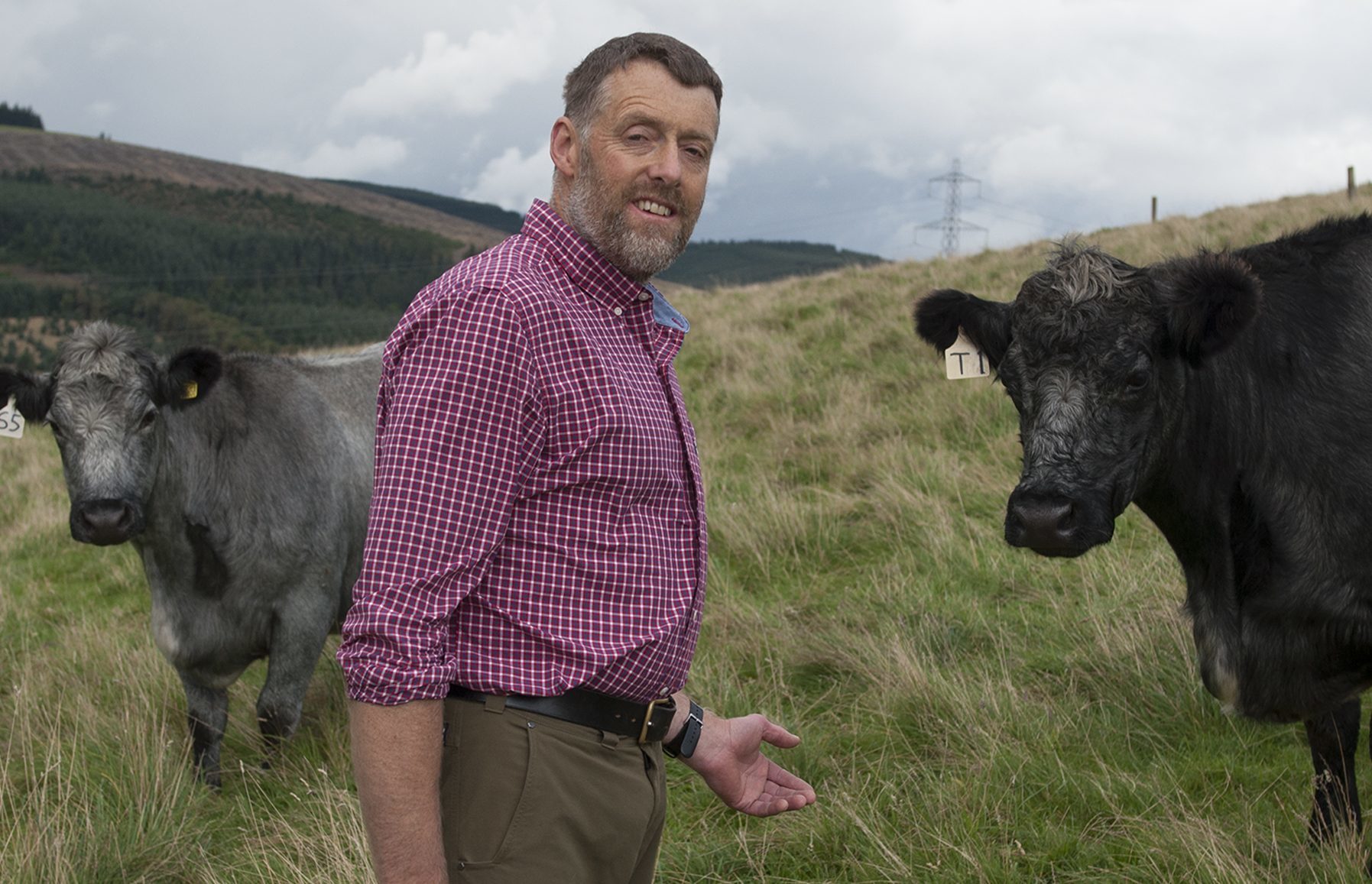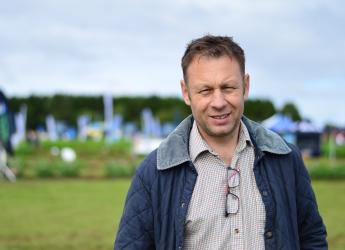Glensaugh Climate-Positive Farming Initiative
Glensaugh is home to our Climate-Positive Farming Initiative, a transformational approach to farming that aims to achieve net-zero or even negative carbon emissions, whilst also protecting and enhancing the natural assets of a farm and ensuring long-term financial sustainability of the farm business.
A key to success is recognising the full societal costs and benefits (actual and potential) from the process of farming – producing food, livelihoods and other multiple benefits for nature and society.
- Climate-positive farming needs both innovations in technology and in ways of working.
- Testing and demonstrating results on the ground is also essential if farmers, policy-makers and organisations are to be persuaded to make climate-positive farming a priority.
- This is our fundamental philosophy here at Glensaugh.
Learn more about Glensaugh and the Climate-Positive Farming Initiative
Directors of our Climate-Positive Farming Initiative (CPFI):
Alison Hester
Senior Scientist and Baillie Gifford Entrepreneurial Research Fellow
Based in Aberdeen
T: +44 (0)344 928 5428 (*)
Professor Alison Hester FRSB FRSGS is a senior scientist and Baillie Gifford Entrepreneurial Research Fellow at the James Hutton Institute, UK. She did her Degree at King’s College University of London, PhD at Aberdeen University/CEH and a Royal Society Postdoctoral Fellowship at CSIRO Western Australia. Alison has over 30 years research experience (with c200 scientific publications and contract reports) and an international reputation in biodiversity, conservation and land management. Much of her research forms an integral part of large, interdisciplinary projects and she works closely with scientists, land managers, communities and policy-makers in different parts of the world. In recent years she has taken a lead role in bringing together and managing diverse teams of scientists in the highly interdisciplinary research area of natural capital and Ecosystem Services, both within the institute and through a range of international collaborations.
Dr. Mark Wilkinson
Senior Research Scientist in Catchment Hydrology
Based in Aberdeen
T: +44 (0)344 928 5428 (*)
Our Climate-Positive Farming Management Team:
Our Climate-Positive Farming initiative involves researchers from across the James Hutton Institute, together with external partners and collaborators. Please see our Research and Data highlight pages for information on specific projects.




